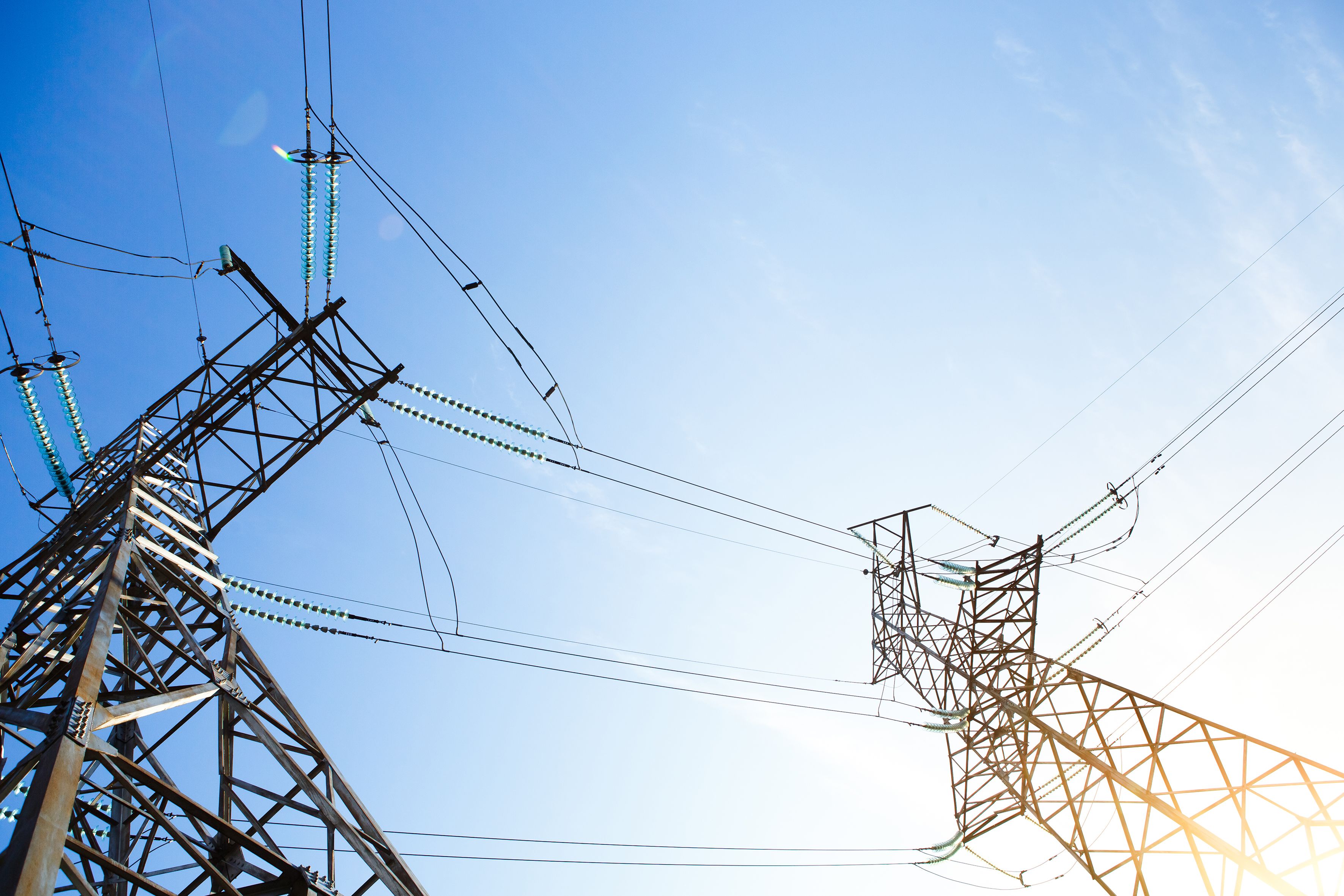Analysis
October 6, 2025
Modelling 24/7 Carbon Free Electricity in Singapore
Singapore can save at least US$47M annually by hourly matching commercial and industrial demand with clean power – as shown in new detailed modelling.

Summary
Singapore’s Second National Determined Contributions has committed the country to reducing emissions to 45–50 MtCO₂e by 2035, requiring a decisive shift in how electricity is produced, consumed, and procured. As a highly urbanised economy with limited domestic renewable resources, this target will require a major transformation of its power system. Our analysis shows strong benefits for commercial and industrial consumers to move away from annual matching toward hourly matched 24/7 carbon free energy (CFE).
Using a detailed, open-source model of Singapore’s grid, we examined the implications of meeting 4% of demand with 24/7 CFE by 2030. Results show that achieving a 70% CFE share reduces system costs by US$47 million annually compared with annual matching, while saving at least US$185 million in fuel costs by displacing gas demand on the main grid. Beyond 90% CFE, capital costs rise for corporate and industrial consumers, but system-wide benefits from fuel savings and emissions reductions continue to increase.
Cross-border electricity trade will be central to Singapore’s energy future. We also found that a 1 GW line bringing clean energy from Indonesia could cut 2.8 MtCO₂ annually and lift Singapore’s base CFE score from 2.7% to 10% by 2030.
Aligning Singapore’s climate ambition with 24/7 carbon-free electricity
Singapore’s updated climate targets, outlined in its Second Nationally Determined Contribution submitted in February 2025, commit the country to reducing emissions to 45–50 MtCO₂e by 2035. This marks a significant evolution from its earlier pledge to peak emissions before 2030 and achieve net zero by 2050. Together, these targets signal a decisive shift in how the city-state produces, consumes, and procures electricity. As a highly urbanised and trade-dependent economy with limited domestic renewable resources, Singapore’s energy transition is shaped by the twin imperatives of energy security and system-level decarbonisation.
Singapore, with limited domestic clean energy resources, requires careful planning to decarbonise its power system. Our analysis shows that round-the-clock CFE is more than a corporate climate tool. It can reduce fuel costs and support the deployment of battery storage and enable cleaner electricity. Electricity imports will also be essential for achieving hourly decarbonisation, helping to overcome local resource constraints while maintaining system reliability.
But what is 24/7 CFE, and can it be achieved for Singapore’s power system?
What is 24/7 carbon free energy?
Wind and solar, the cheapest sources of clean energy today, are variable by nature. Electricity consumers seeking to decarbonise their electricity use with variable renewable energy face a persistent mismatch between when clean power is generated and when it is needed. Currently, the dominant approach to procuring and accounting for emissions reductions is based on ‘annual matching’. This involves corporations matching their consumption of electricity with the supply of clean electricity over a year – which results in cycles of surplus and deficit, as fossil-based generators must be relied upon to pick up the slack, introducing emissions. If rather than matching electricity use with electricity from carbon free sources on an annual basis, we instead move to hourly matching, we can move closer to a decarbonised grid.
This approach is a central focus of the Greenhouse Gas Protocol (GHGP), which governs how companies account for emissions from purchased electricity, and is in the process of a multi-year revision of its standards. While hourly emissions accounting is emerging as the preferred accounting method, the GHGP does not set targets or grade performance.
How well a consumer is meeting their 24/7 CFE goal can be summarised by their CFE score for any given hour. This is calculated by looking at what percentage of their generation comes from carbon free sources, and considers both the generation from CFE power purchase agreements (PPAs), as well as the CFE score of imported electricity from the grid. To calculate the scores, we follow the methodology set out by Google.
What are the cost, investment and emission implications of a 24/7 CFE for Singapore?
We built a detailed, open-source model of Singapore’s electricity grid to explore the implications of 24/7 CFE for corporate buyers and grid planners. Specifically:
- What does switching from annual to hourly matched procurement mean for corporate buyers from a cost and supply perspective?
- What are the costs and benefits of this change in procurement strategy for the grid i.e. does it increase or decrease costs, investments and emissions?
Model setup
To answer these questions, we developed an open-source grid dispatch or production cost model in the Python for Power System Analysis (PyPSA) modelling package, representing copper-plated zones without intra-zone power flows.
We developed a representative model of Singapore’s 2030 grid power system, with 8760-hour temporal resolution, treating the country as a single grid zone with two interconnectors: the existing link to Peninsular Malaysia and a planned connection to Indonesia.
With this model, we tested different clean electricity policies with different generation technology configurations, or palettes, to understand the cost, investment and emissions implications.
CFE demand in 2030 is based on projected national demand, with additional growth from emerging sectors, and the demand profile is scaled proportionally to the overall regional demand profile. The model includes two international interconnectors: a planned line to Indonesia, which must deliver at least 75% clean power imports in line with Singapore’s targets, and the existing line to Malaysia, which is assumed to operate at lower utilisation as a source of balancing capacity.
In our model, 4% of Singapore’s total demand is attributed to commercial and industrial (C&I) consumers participating in clean electricity matching. This share is intended to represent broader trends in C&I demand moving towards decarbonisation.
This 4% of demand is modelled under two schemes: annual matching and hourly matching, with the latter tested at CFE levels ranging from 70 to 100%. C&I consumers meet this demand through PPAs with new clean generators, which the model builds and optimises.
Our methodology replicates the approach used by Brown and Riepin (2022). For more information on the methodology, please refer to our modelling methodology documentation.
What we found
Solar and batteries can get Singapore to 100% CFE
Achieving a 70% CFE score by 2030 could lower total investment costs for participating C&I demand in Singapore by US$47 million compared with annual matching with benefits to the grid amounting to US$185 million in avoided gas fuel costs. At 80% CFE, the net costs and benefits are broadly equivalent to those of annual matching, making it the most cost-effective target for the country.
Beyond 90% CFE, capital costs begin to rise for C&I consumers, yet system-wide benefits — such as lower emissions and fuel savings — continue to increase.
Hourly procurement benefits the whole system
By aligning clean supply with real-time demand, hourly matching lowers fuel costs, improves grid efficiency, and reduces the need for gas. This shifts corporate procurement from being a box-ticking exercise to a system-wide benefit, supporting battery use, easing pressure on the grid, and helping lower emissions.
Conventional generators save between US$185 million under 70% CFE and US$261 million at 100% CFE per year. This can lower overall system costs by as much as 26% under 100% CFE. On the other hand, fuel cost savings from annual matching are capped at US$218 million.
Regional interconnectors save money and reduce emissions
Regional interconnectors would significantly aid in achieving these benefits. New and existing links with Indonesia and Malaysia help increase solar generation, further displacing gas. A 1 GW import line from Indonesia increases clean electricity access from 2.7% to 10% by 2030, saving US$440 million in fuel costs and reducing annual emissions by 2.8 MtCO₂. Even without direct corporate contracts, these imports raise Singapore’s base CFE score and improve the hourly carbon free profile of its power mix.
CFE aligns with policy targets and market realities
Hourly CFE procurement will require increased policy support that prioritises domestic and regional solar investment, improving alignment with Singapore’s long-term energy transition roadmap. This includes plans to import 6 GW of low-carbon electricity by 2035 and a rising carbon tax — set to reach SGD 80/tCO₂e by 2030 — to incentivise decarbonisation. Corporate appetite for clean PPAs is growing rapidly, especially among energy-intensive industries. This trend is supported by the Singapore Green Plan 2030’s focus on cleaner energy, industrial decarbonisation, and enabling frameworks that make renewable procurement more attractive.
Batteries and interconnection provide the flexibility required
Batteries and regional interconnection provide the flexibility needed to support a clean and reliable energy system. Solar-plus-storage — through both domestic deployment and imports — is a highly viable option for meeting C&I demand across matching regimes, even with Singapore’s limited land availability. This is particularly true as alternative technologies such as long-duration energy storage (LDES), carbon capture and storage (CCS), and blended thermal generation remain less competitive by 2030 due to high investment costs.
In the near term, enabling policies that support clean power procurement for solar-plus-storage, both locally and through regional interconnectors, will be essential to building a resilient and diversified pathway to 24/7 CFE for Singapore.
Click the link below to read the full report.


